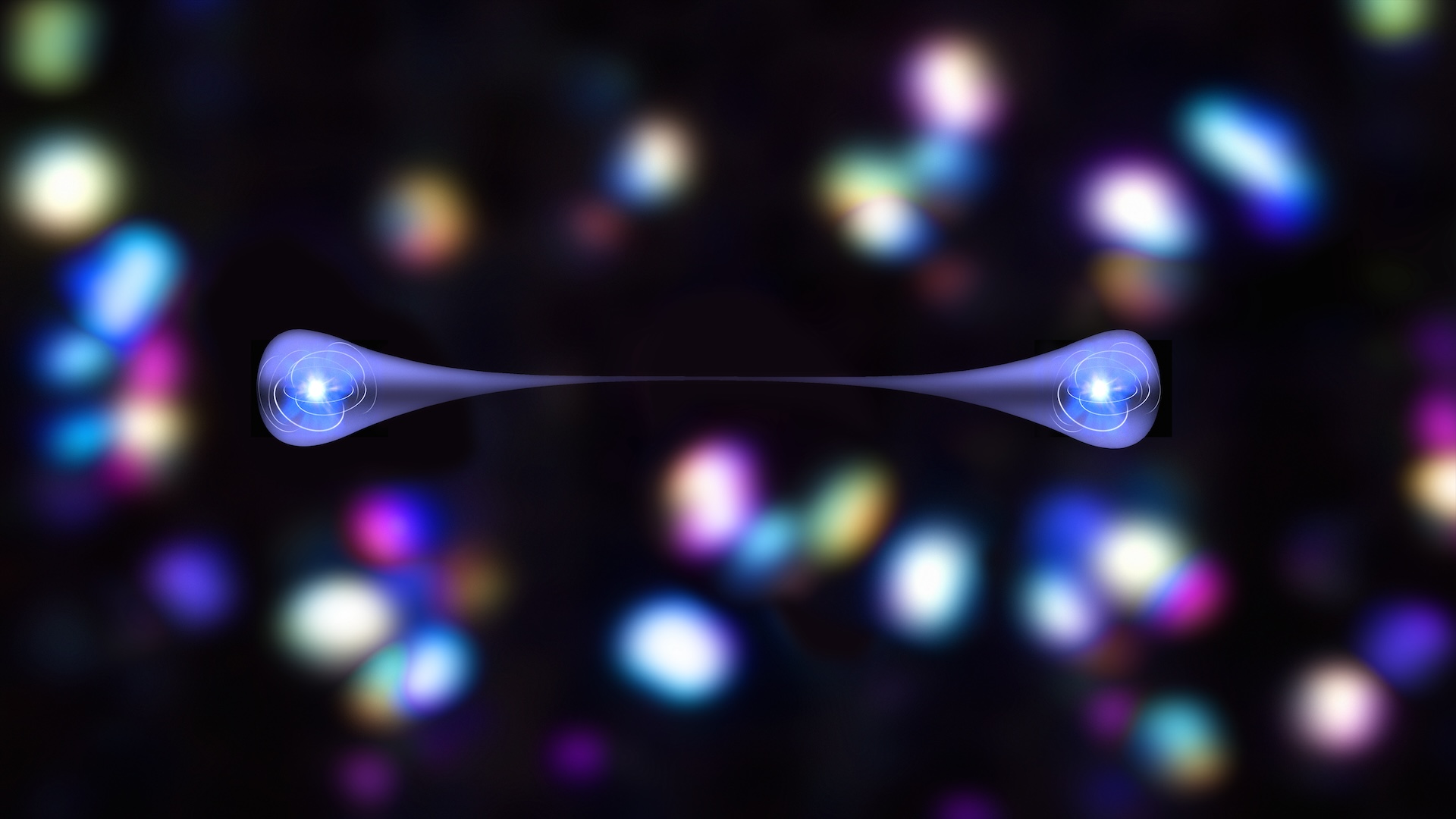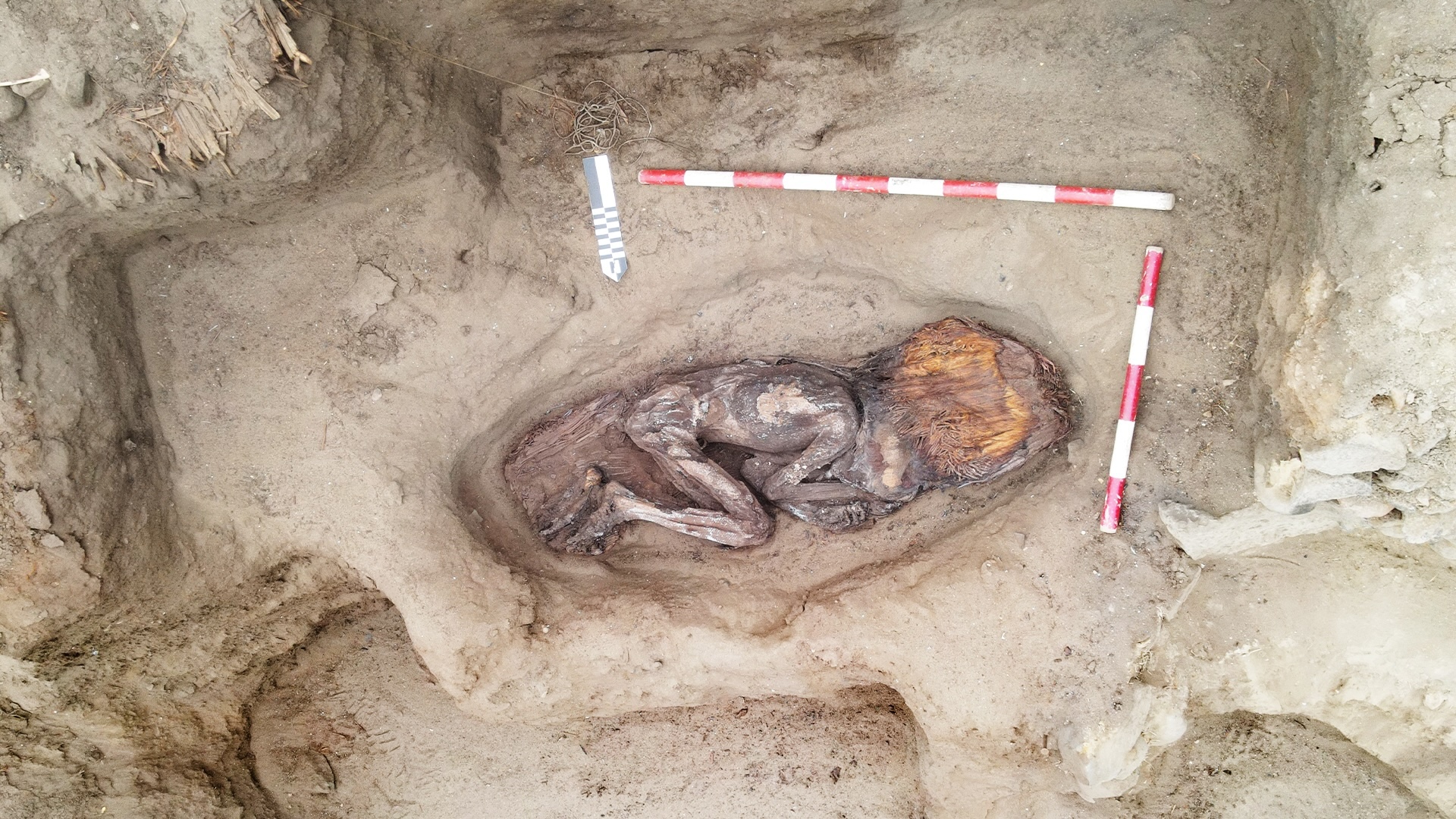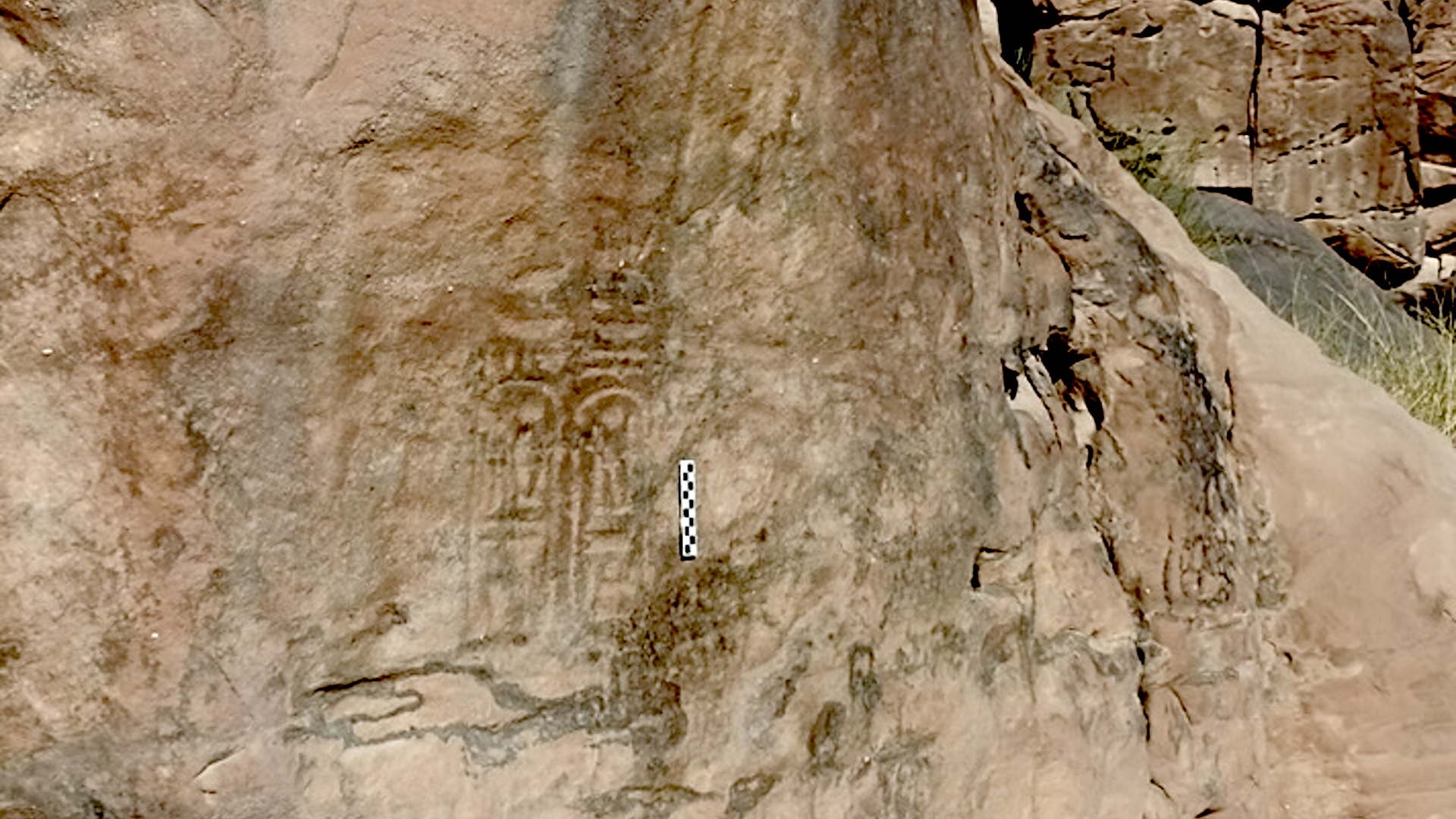Newly discovered quantum state could power more stable quantum computers — and a new 2D chip can tap into it
Scientists in Korea using 2D semiconducting materials discovered a new quantum state that could pave the way for more reliable data storage in quantum computers.

Scientists have discovered a new quantum state that engineers can harness in a two-dimensional (2D) semiconductor chip to control quantum information more reliably than ever before. It provides a promising lead into a new method for extracting quantum information from sub-atomic particles.
Recent advances in ultrathin 2D materials — which are only a molecule thick — have created promising candidates for computer chips that pack much more power into much less space. 2D semiconductors also offer fantastic opportunities for quantum computing.
Quantum entanglement, whereby two subatomic particles can share information over time and space through "coherence", is highly delicate, but essential to processing calculations in parallel, rather than in sequence.
Preventing decoherence — the loss of quantum properties in a subatomic structure — is essential for quantum entanglement to be effective in quantum computers, but 3D structures are highly prone to thermal influences (like heat) or stray electromagnetic waves, and usually collapse within fractions of a second. This is where 2D materials come in.
Maintaining coherence in a 2D material is much easier, as they are less prone to these thermal influences that collapse quantum coherence.
Although coherence mechanisms have not yet been well understood in 2D materials, a new study published Oct. 9 in the journal Nano Letters, described how scientists discovered a new quantum state that can maintain longer periods of coherence. They also identified a mechanism causing quantum entanglement in this new quantum state, thus also proposing a method by which quantum information can be controlled and extracted from it.
Sign up for the Live Science daily newsletter now
Get the world’s most fascinating discoveries delivered straight to your inbox.
A never-before-seen quantum state
Specifically, for the first time, they observed the exciton formation process in conjunction with Floquet states. Using photoelectron spectroscopy with a 2D semiconductor, the scientists observed the exciton formation — which occurs when a photon excites an electron into a higher energy state. The exciton is a quasi-particle consisting of an electron and a positively charged hole that are bound together.
A further benefit of 2D materials, over conventional semiconductors, is that an exciton has strong binding energy levels. In quantum systems driven by a time-periodic field (in this case, the driver is short bursts of photons), quasi-stationary states, known as "Floquet states" can occur. These have properties that differ significantly from those of the original undriven systems in an equilibrium state. The new state is a conjunction of these two known conditions.
"We have discovered a new quantum state, known as the exciton-Floquet synthesis state, and proposed a novel mechanism for quantum entanglement and quantum information extraction," Jaedong Lee of Daegu Gyeongbuk Institute of Science and Technology, said in a statement. "This is anticipated to drive forward quantum information technology research in two-dimensional semiconductors."
In the study, the scientists acknowledged the novel quantum states that are transiently formed present a "challenge" for the new applications of 2D semiconducting media, although they did not elaborate on what the main challenge would be in the paper. They are confident, however, that their research promises to pave the way for using 2D semiconductors to create a new type of reconfigurable device to store data in quantum computers.
Peter is a degree-qualified engineer and experienced freelance journalist, specializing in science, technology and culture. He writes for a variety of publications, including the BBC, Computer Weekly, IT Pro, the Guardian and the Independent. He has worked as a technology journalist for over ten years. Peter has a degree in computer-aided engineering from Sheffield Hallam University. He has worked in both the engineering and architecture sectors, with various companies, including Rolls-Royce and Arup.
You must confirm your public display name before commenting
Please logout and then login again, you will then be prompted to enter your display name.










